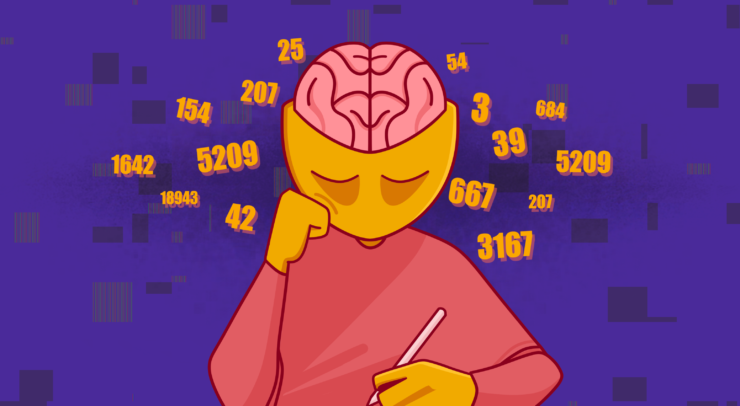Team hopes findings can inform space missions, help bedridden patients
When people think of outer space, bone marrow probably isn’t the first thing they imagine drawing a connection with. In the case of Dr. Guy Trudel, a University of Ottawa professor specializing in rehabilitation medicine, he and his team did.
“One of the complications of people who have been immobilized for a long time is anemia,” said Dr. Trudel, head of the MARROW study. “We wanted to know, ‘where does the anemia come from? Why are people anemic?’ ”
Theresa Backlund, a nurse on the team, explained how “(bedridden patients end) up at the rehab centre having to start from scratch, and that translated into the similarities between astronauts coming back from space.”
The team’s efforts extend far beyond Ottawa, with a total of 14 astronauts participating from all over the world and affiliations with NASA, the Canadian Space Agency, the European Space Agency, and the Japanese Space Agency.
The astronauts were sent into space for about six months at a time, where they, either in pairs or by themselves, did bloodwork on a daily basis to use as samples for the research.
Dr. Trudel explained the applications of the team’s research for astronauts in outer space.
“(If) a bleed happens in space, and you can’t make new red blood cells, we’d like to know that,” he said. “You’d like to have a solution you have to bring with you, material for transfusion … or some solution (to use in space).”
“You also need to come back and survive the re-entry to Earth.”
Dr. Trudel also explained some of the terrestrial applications of the research.
“If we were to find ways of keeping people and their musculoskeletal system more active, more in shape to prevent degradation, people would go out of ICU or have much stronger mobility, decreasing their rehabilitation time.”
“The one thing that I really appreciate in this lab in particular, what it does really well, is the interdisciplinary work,” says Katherine Reilly, a biologist on the team. “They bring all of these really unique perspectives, (and) that, from a research point of view, is incredible.”
“I got involved as a student and then I mean, if someone comes to you in your fourth year and says, ‘do you want to take two weeks off school and go to France?’ you get very excited to do that,” said Kathryn Culliton, a biomechanical engineer on the team. “But I was particularly excited about the space studies.”
Backlund, who has been on the team since its early stages, said “the biggest opportunity for me was being involved in Johnson Space Center… in Houston, where the astronauts do live-in training.”
“My interest in joining and looking at rehabilitation medicine comes more from a belief that rehab is one of the most important parts of medicine,” Reilly added. “It really makes humans human again.”
When asked what one of the biggest challenges the team faces on this project, Dr. Trudel said, “we have samples (from all over the world) and we have to bring them back here (in Ottawa), which is another whole series of complexities to go through customs.”
“We care for patients — we have been for 25 years — using basic science and role models with collaborators in various fields including chemistry, molecular biology, imaging, and others, to try and really characterize the changes between mobility to better prevent and treat them,” Dr. Trudel said.




